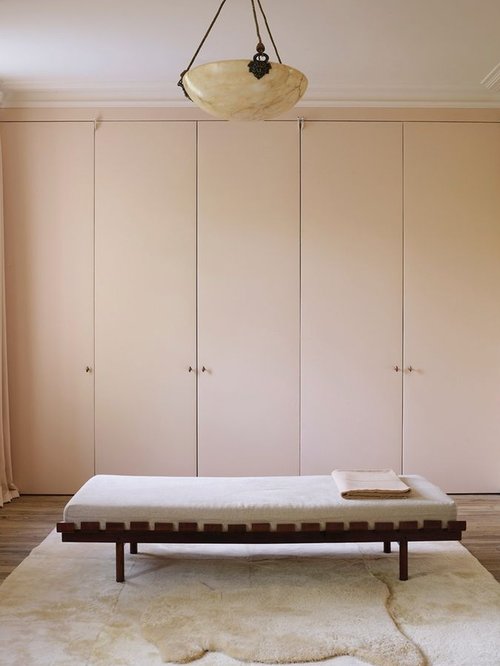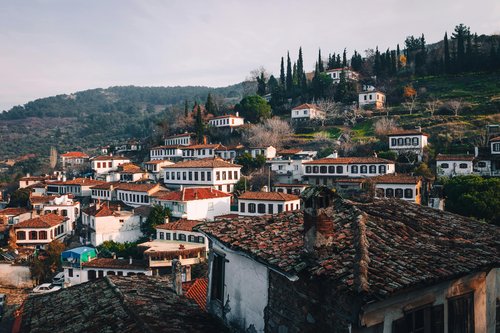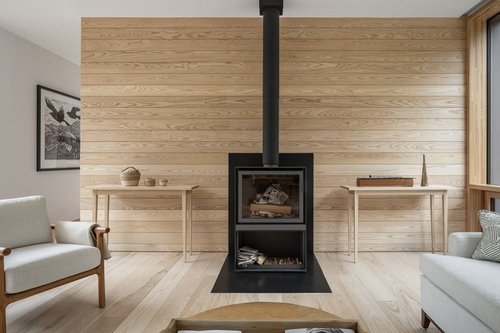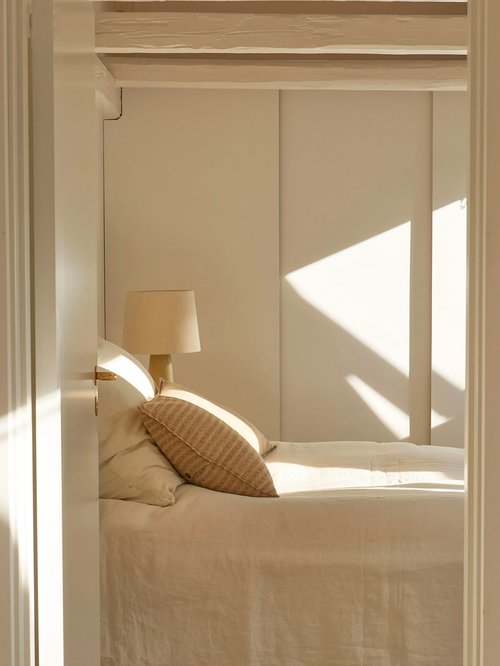
4 min read
Designing for Peace: Enhancing Comfort Through Sound
Discover how you can create a calmer, quieter and healthier living space by incorporating thoughtful design principles.

Personal comfort includes a range of factors, from thermal comfort and acoustics, through to privacy and our sense of control over our environment. These factors can affect how we feel within a space and can have long term health impacts. Achieving a home environment in which all the occupants are thermally comfortable can be tricky – what suits one person may not suit another. Nevertheless, steps can be taken, from ensuring a well-insulated building envelope and keeping humidity and thermal conditions at consistent optimal levels throughout the day, to the use of soft furnishings or solid drapes to reduce thermal runaway. Sound also impacts health and productivity. Creating an inviting and peaceful auditory environment in the home could involve segmenting rooms for specific acoustic needs (for instance, you might play the piano in the living room but keep the study more protected for focused work). In each of these rooms, there would be something to act as an acoustic barrier to ensure that noise overflow is controlled.

4 min read
Discover how you can create a calmer, quieter and healthier living space by incorporating thoughtful design principles.

5 min read
WLLW explores how age-old architectural techniques from the world’s warmest areas can help us create sustainable homes that are comfortable even in extreme heat.

3 min read
In our rapidly changing climate, WLLW explores effective strategies for mitigating high temperatures to stay safe in your home

4 min read
In the continuation of this series, we delve deeper into energy-saving measures for enhancing sustainable and healthy homes.

4 min read
Discover the impact of optimizing your home's temperature, humidity and airflow on your overall health.

4 min read
We examine energy-saving strategies, illuminating their importance for home sustainability, boosting wellbeing and promoting the adoption of energy-conserving behaviors.

5 min read
WLLW spoke with London-based architect Ben Ridley about how the Passivhaus design approach and low-energy innovations are shaping the next generation of healthy, sustainable homes.